South Asian Association for Regional Cooperation (SAARC)
- An economic & geopolitical organization of 8 countries that are primarily located in South Asia
- Established in 1985; Secretariat – Kathmandu, Nepal; Official language – English
- Members – India, Pakistan, Bangladesh, Nepal, Bhutan, Srilanka, Maldives, Afghanistan
- 1st summit at Dhaka, only 1 new member added since birth i.e. Afghanistan
- 19th SAARC submit > Pakistan + Cultural Capital > Bamyan (Afganistan)
Evolutuion of SAARC
- The idea of regional political and economic cooperation in South Asia was first raised in 1980 and the first summit was held in Dhakaon 8 December 1985, when the organization was established by the governments of Bangladesh, Bhutan, India, Maldives, Nepal, Pakistan and Sri Lanka.
- Since then organization has expanded by accepting one new full member, Afghanistan, and several observer members.
- The official meetings of the leaders of each nation are held annually whilst the foreign ministers meet twice annually.
Also read: World Trade Organisation (WTO)
SAARC Objectives
- SAARC policies aim to promote welfare economics, collective self-reliance among the countries of South Asia, and to accelerate socio-cultural development in the region
- To promote the welfare of the people of South Asia and to improve their quality of life
- To cooperate with international and regional organizations with similar aims and purposes
- To promote active collaboration and mutual assistance in the economic, social, cultural, technical and scientific fields
- To contribute to mutual trust, understanding and appreciation of one another’s problems; & to maintain peace in the region.
Advertisement: World’s fastest hosting – secure, reliable, limited-time offer! Click now!
Developments in SAARC
- South Asian Free Trade Area (SAFTA) – to reduce customs duties of all traded goods to zero by the year 2016
- Visa Exemption Scheme – certain categories of dignitaries should be entitled to a Special Travel document, which would exempt them from visas within the region
- Regional Railways Agreement
- Motor Vehicles Agreement
- Framework Agreement for Energy Cooperation (Electricity)
- SAARC Region Satellite launch plan
South Asian Free Trade Area (SAFTA)
The Agreement on SAARC Preferential trading Arrangement (SAPTA) was signed on 11 April 1993 and entered into force on 7 December 1995, with the desire of the Member States of SAARC (India, Pakistan, Nepal, Sri Lanka, Bangladesh, Bhutan and the Maldives) to promote and sustain mutual trade and economic cooperation within the SAARC region through the exchange of concessions.
- The South Asian Free Trade Area (SAFTA) is an agreement reached on 6 January 2004 at the 12th SAARC summit in Islamabad, Pakistan.
- It created a free trade area of 1.8 billion people in Afghanistan, Bangladesh, Bhutan, India, Maldives, Nepal, Pakistan and Sri Lanka
- The seven foreign ministers of the region signed a framework agreement on SAFTA to reduce customs duties of all traded goods to zero by the year 2016.
- The SAFTA agreement came into force on 1 January 2006 and is operational following the ratification of the agreement by the seven governments.
SAARC Visa Exemption Scheme
- SAARC Visa Exemption Scheme was launched in 1992 to allow certain categories of dignitaries to a Special Travel document, which would exempt them from visas within the region.
- Currently the list included 24 categories of entitled persons, which include Dignitaries, Judges of higher courts, Parliamentarians, Senior Officials, Businessmen, Journalists, Sportsmen etc.
- The Visa Stickers are issued by the respective Member States to the entitled categories of that particular country.
- The validity of the Visa Sticker is generally for one year.
- The implementation is reviewed regularly by the Immigration Authorities of SAARC Member States.
The development potential of SAARC has been hindered by various factors viz.
- India Pakistan bilateral issue
- India’s bilateral issue with other countries like Sri Lanka, Bangladesh
- Trust deficit between India and its neighboring countries
- Cross border Terrorism
- Political instability in the Pakistan, Afghanistan and Maldives
- Low Human development Index and resource problems in the region
- Persistent problems of population, poverty, illiteracy, climate change, health, terrorism, flood and droughts
For more updates, explore the IR & Security Category. Feel free to share your thoughts and comments
If you’re passionate about building a successful blogging website, check out this helpful guide at Coding Tag – How to Start a Successful Blog. It offers practical steps and expert tips to kickstart your blogging journey!
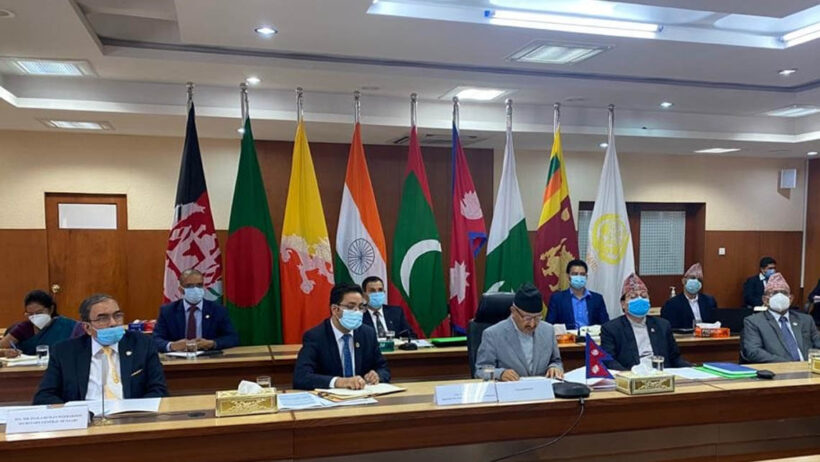
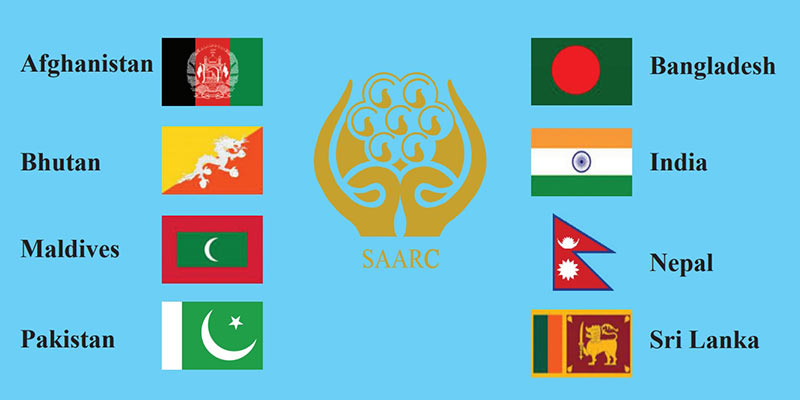

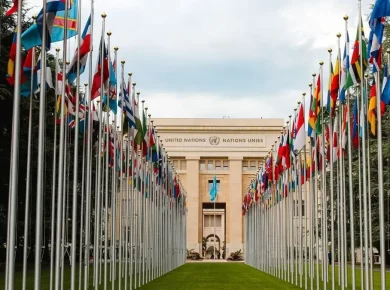
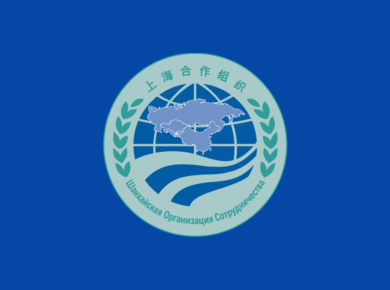
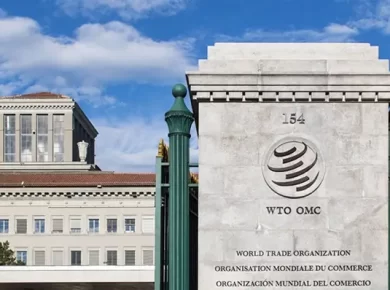

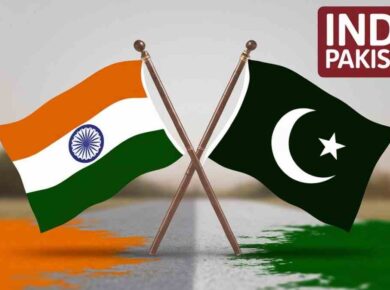
1 comment
tricks for memory in SAARC COUNTRIES
“MBBS PAIN” the key word
M – Maldives,
B- Bangladesh,
B – Bhutan,
S – Sri lanka
P – Pakistan
A – Afghanistan
I – India,
N – Nepal,